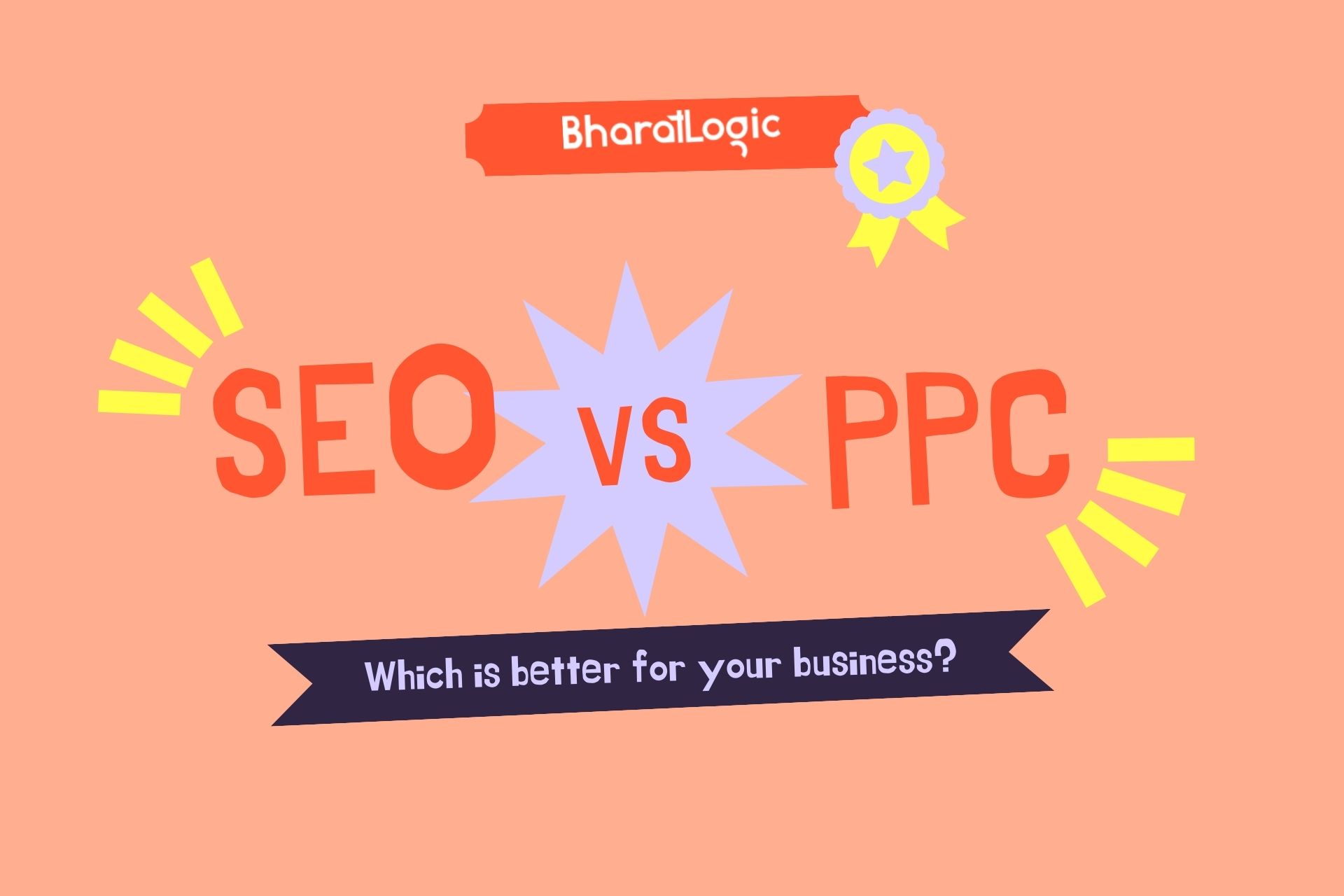User Experience (UX) and SEO: The Unbreakable Connection
UX and SEO Shape Your Website
User experience (UX) and search engine optimization (SEO) are two essential pillars of a successful website. While they may seem like separate disciplines, they are actually inextricably linked. A well-crafted UX not only keeps visitors engaged and satisfied but also sends positive signals to search engines, improving a website’s chances of ranking higher in search engine results pages (SERPs).
Latest stats on the importance of UX and SEO:
- 88% of online shoppers say that UX is an important factor in their purchase decisions. (SaleCycle)
- 79% of users will scan a web page before they read it in detail. (Nielsen Norman Group)
- A one-second delay in page load time can result in a 7% decrease in conversions. (Akamai)
Benefits of improving UX and SEO together:
- Higher conversion rates: A well-improved UX not only makes it easier for visitors to navigate your website but also ensures that the entire customer journey, from landing on the site to making a purchase, is seamless and intuitive. When users can effortlessly find and purchase the products or services they seek, it naturally leads to higher conversion rates. A streamlined and user-friendly checkout process, clear product information, and intuitive design can significantly impact the bottom line. By minimizing friction, you create an environment where visitors are more likely to convert into paying customers, ultimately boosting your revenue.
- Better customer retention: A positive UX goes beyond a one-time purchase; it fosters a sense of satisfaction and trust that encourages visitors to return to your website. When users enjoy a smooth, enjoyable experience, they’re more likely to become repeat customers. The combination of excellent UX and high-quality products or services builds brand loyalty, which, in turn, improves your customer retention rate and reduces churn. Happy customers are more likely to stay and continue doing business with you, becoming advocates for your brand.
- Increased traffic from search engines: SEO optimization is essential for boosting your website’s visibility in search engine results pages (SERPs). When your website ranks higher in these results, you naturally attract more organic traffic from search engines like Google. SEO involves various practices, such as optimizing your content, using relevant keywords, and improving your website’s technical aspects. When these elements are finely tuned, it increases your online visibility, making it easier for potential customers to discover your site and explore your offerings.
- Attracting more qualified leads: SEO optimization not only increases your website’s visibility but also ensures it’s seen by the right audience. By targeting relevant keywords and optimizing your content, your website is more likely to appear in front of potential customers actively searching for products or services you provide. This means you attract more qualified leads—individuals genuinely interested in what you have to offer. These leads are more likely to engage with your content, convert into customers, and ultimately boost your sales.
How UX and SEO work together to improve your website:
UX:
- Site speed: A fast-loading website is not only essential for a good UX but also a crucial ranking factor in Google’s algorithms. A slow website can lead to a poor user experience and, as a result, a lower ranking in SERPs. When a website loads quickly, it caters to users who expect near-instant access to information. Google recognizes this and rewards websites that provide a seamless, speedy experience.
- Mobile-friendliness: In an era where an increasing number of people use smartphones and tablets to access the internet, ensuring your website is mobile-friendly is imperative. Google places a strong emphasis on mobile-friendly websites in its search results. This reflects the importance of catering to users who prefer to browse and shop on their mobile devices. A mobile-friendly website not only enhances UX on smaller screens but also helps with SEO by improving rankings in mobile search results.
- Easy navigation: Visitors should effortlessly find the information they seek on your website. This involves more than just a clear and concise navigation menu; it extends to well-organized content. An intuitive website structure and navigation system ensure users can quickly locate what they’re looking for. This positive UX contributes to longer visit durations and higher engagement metrics, both of which can have a positive impact on SEO rankings.
- Relevant content: Your website’s content must not only be user-centric but also relevant to your target audience. It should provide genuine value, answering users’ questions and addressing their needs. When visitors find valuable, informative content on your website, they are more likely to stay longer and engage with your pages. Conversely, if users cannot find what they’re looking for, they might quickly exit your site. This high bounce rate can negatively impact your SEO rankings, making relevant content an essential component of a successful website.
SEO:
- Keyword research: Keyword research serves as the cornerstone of any effective SEO strategy. It involves identifying and understanding the specific keywords and phrases that your target audience is actively searching for. Through meticulous research, you can uncover the most relevant and high-traffic keywords. Integrating these keywords strategically into your website’s content and metadata empowers you to align your site with user intent. This, in turn, enhances your website’s visibility and ranking potential, making it a fundamental practice in the world of SEO.
- On-page SEO: On-page SEO constitutes the meticulous optimization of individual pages on your website. This comprehensive process encompasses various elements, such as fine-tuning title tags, crafting compelling meta descriptions, strategically employing header tags to enhance the content structure, and providing descriptive alt text for images. These actions are geared towards making each page not only user-friendly but also search engine-friendly. Through on-page SEO, you can ensure that search engines can accurately interpret and index your content, increasing your chances of ranking higher in SERPs.
- Link building: Link building stands as the practice of acquiring external links from other high-quality and reputable websites that point to your own. These inbound links serve as signals to search engines, indicating that your website is authoritative and trustworthy. As a result, your site’s credibility and authority increase, which can positively influence your rankings in search engine results. Link building requires careful outreach and the cultivation of relationships with other webmasters to secure these valuable links. It remains a vital component of SEO strategies aimed at achieving higher visibility and prominence online.
How to improve your UX and SEO:
Here are a few tips for improving your UX and SEO:
- Conduct comprehensive user research: By delving into the specific needs and pain points of your target audience, you gain valuable insights for designing a website that prioritizes exceptional user experiences.
- Diversify your content types: Beyond textual information, consider integrating compelling visual elements such as images, videos, and infographics to enhance content engagement and visual allure.
- Ensure mobile-friendliness with responsive web design: Guarantee that your website maintains optimal performance and aesthetics across various devices, offering a seamless experience to all users.
- Incorporate pertinent keywords throughout your website: While embedding relevant keywords is essential for SEO, exercise caution to prevent keyword stuffing, which can lead to unnatural and awkward content.
- Cultivate high-quality backlinks to your website: Foster robust backlink profiles by actively engaging in guest blogging and outreach to reputable websites within your industry, thereby bolstering your website’s authority and search engine rankings.
Challenges of improving UX and SEO:
- Setting realistic goals: It’s important to set realistic goals when improving your UX and SEO. Don’t expect to see results overnight. It takes time and effort to make significant improvements.
- Monitoring and improving your website’s performance: It’s important to constantly monitor and improve your website’s performance. This includes tracking your website’s traffic, conversion rates, and bounce rates. You should also regularly review your website’s analytics to identify areas where you can improve.
Conclusion:
UX and SEO are two essential pillars of a successful website. By designing a website that provides a good UX and is optimized for search engines, you can attract more visitors, improve your conversion rates, and boost your bottom line.
While improving UX and SEO can be challenging, it is well worth the effort. By following the tips in this blog post, you can start to make improvements today.




